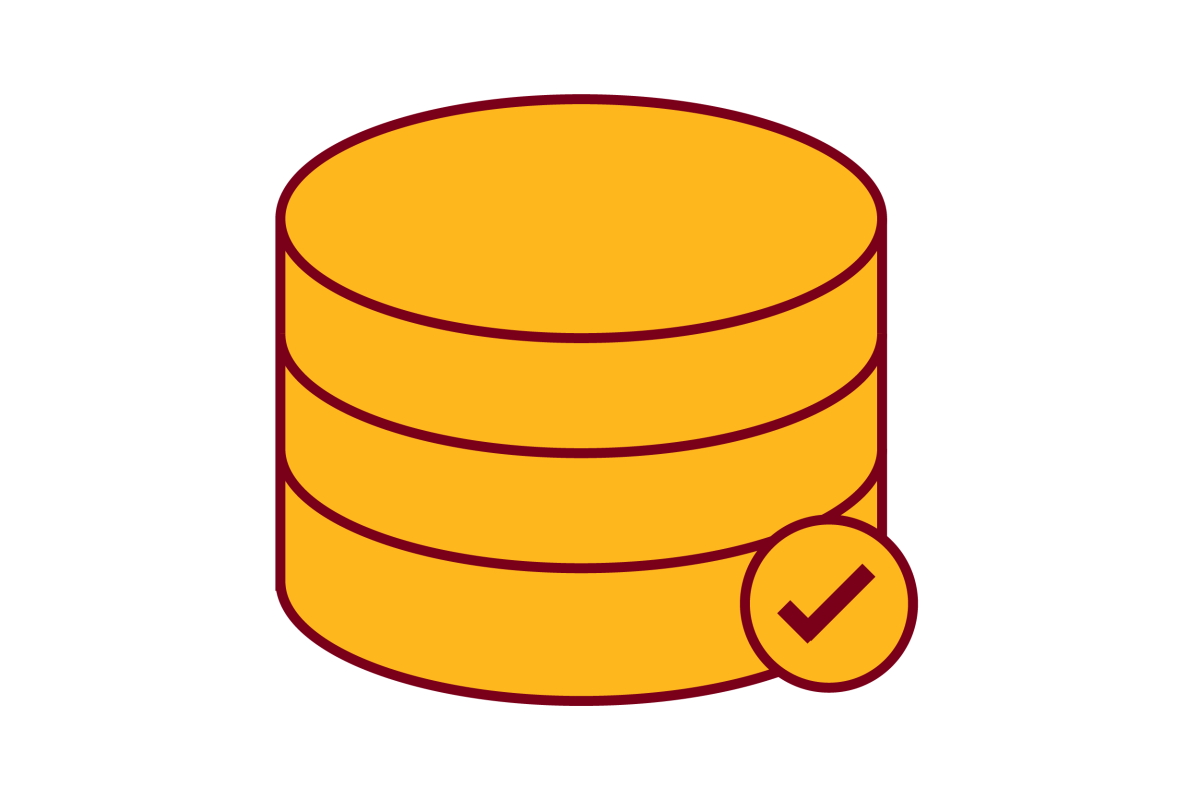A Data-Driven Intervention Framework for Improving Adherence to Growth Hormone Therapy Based on Clustering Analysis and Traffic Light Alerting Systems [journal]

Journal
Studies in Health Technology and Informatics - November 18, 2021
Authors
Matheus Araújo (Ph.D. student), Paula van Dommelen, Jaideep Srivastava (professor), Ekaterina Koledova
Abstract
Recombinant human growth hormone (r-hGH) is an established therapy for growth hormone deficiency (GHD); yet, some patients fail to achieve their full height potential, with poor adherence and persistence with the prescribed regimen often a contributing factor. A data-driven clinical decision support system based on “traffic light” visualizations for adherence risk management of patients receiving r-hGH treatment was developed. This research was feasible thanks to data-sharing agreements that allowed the creation of these models using real-world data of r-hGH adherence from easypod™ connect; data was retrieved for 11,015 children receiving r-hGH therapy for ≥180 days. Patients’ adherence to therapy was represented using four values (mean and standard deviation [SD] of daily adherence and hours to next injection). Cluster analysis was used to categorize adherence patterns using a Gaussian mixture model. Following a traffic lights-inspired visualization approach, the algorithm was set to generate three clusters: green, yellow, or red status, corresponding to high, medium, and low adherence, respectively. The area under the receiver operating characteristic curve (AUC-ROC) was used to find optimum thresholds for independent traffic lights according to each metric. The most appropriate traffic light used the SD of the hours to the next injection, with an AUC-ROC value of 0.85 when compared to the complex clustering algorithm. For the daily adherence-based traffic lights, optimum thresholds were >0.82 (SD, <0.37), 0.53–0.82 (SD, 0.37–0.61), and <0.53 (SD, >0.61) for high, medium, and low adherence, respectively. For hours to next injection, the corresponding optimum thresholds were <27.18 (SD, <10.06), 27.18–34.01 (SD, 10.06–29.63), and >34.01 (SD, >29.63). Our research indicates that implementation of a practical data-driven alert system based on recognised traffic-light coding would enable healthcare practitioners to monitor sub-optimally-adherent patients to r-hGH treatment for early intervention to improve treatment outcomes.
Link to full paper
Keywords
health informatics, data mining